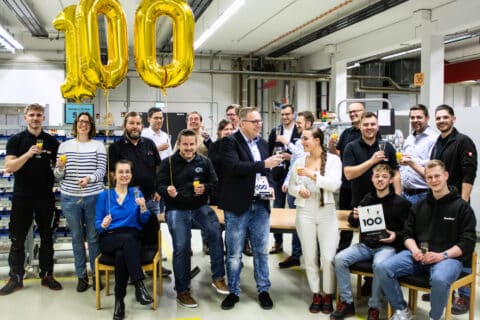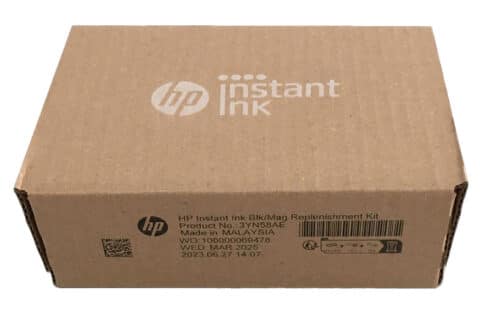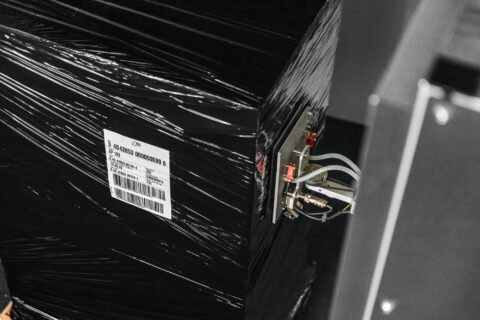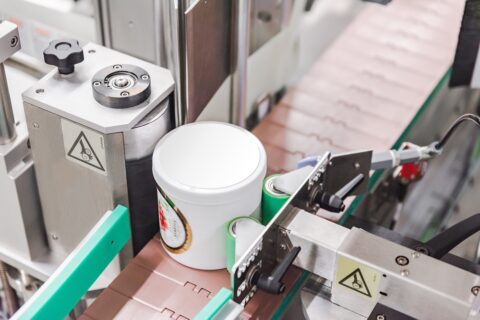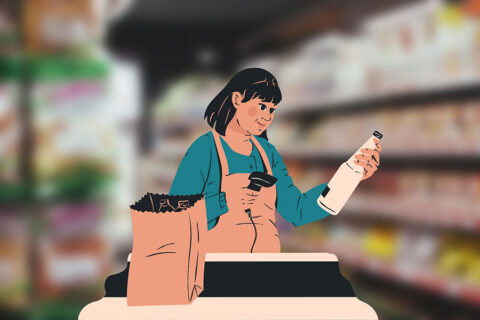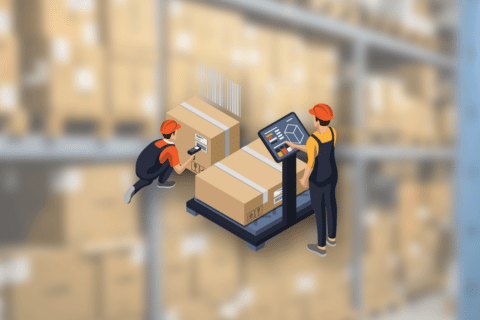The first 5G networks are available in Germany. This offers enormous potential for the industry 4.0.

Karl A. Hribernik is a computer scientist and researcher at BIBA – Bremen Institute for production and logistics. He is head of the department ‘Intelligent ICT environments for cooperative production’ in the area of ‘Information and Communication Technology Applications in Production’. Weber Marking had the chance to interview M. Hribernik and ask him how 5G will impact our industry and RFID labeling technology.
The first 5G networks can be used in major German cities such as Berlin, Cologne or Munich. How will the new mobile communications standard influence the industry?
Karl A. Hribernik: The properties of 5G make it possible to achieve the visions of the Smart Factory much faster, much easier and in a much more flexible way. 5G is interesting for industrial companies that are now facing the digital transformation and want to network physical objects such as machines, products or plants with each other. The Internet of Things and Industry 4.0 will experience a huge boost through 5G.
What features of 5G enable this shift towards a networked factory?
Karl A. Hribernik: On the one hand, 5G offers up to one hundred times higher transmission speeds than before and very high reliability, while on the other hand it opens up the possibility of network splitting: different private networks can be set up on one physical hardware. This network privacy guarantees companies the sovereignty over their data – a decisive factor for the industry.
What is the significance of product labeling in the smart factory?
Karl A. Hribernik: The least requirement for an intelligent product is that it is traceable. It must therefore be somehow marked or automatically recognizable. There are various technologies available for this purpose, from barcodes and data matrix codes to RFID labeling technology and embedded wireless systems. Product identification is the basis of any intelligence or network connection of products.
RFID technology is considered a conventional identification technology. Will 5G spur new technologies in this area that overtake RFID? In short: Does 5G mean the end for RFID technology?
Karl A. Hribernik: 5G and RFID are two different technologies that are difficult to compare. 5G will not replace RFID, there is no clear ‘versus’ between the two technologies – but they can complement each other. However, 5G is currently still very expensive and energy-intensive: Its use is only worthwhile for high-quality products.
What could a meaningful addition of 5G and RFID labeling look like?
Karl A. Hribernik: In the Smart Factory, the interaction of the two technologies enables easier, faster, more flexible and more secure tracking of products. When we use RFID labeling, we always need readers. When 5G-enabled readers come to the market, they can be integrated directly into the 5G network. This will enable significantly more reading points, perhaps even mobile reading points, generate more accurate data and thus form the basis for optimized processes. Robots in the networked factory could also be equipped with a reader and use it to obtain information about the product or instructions on how to proceed with the further production process. Added to this is the possibility of edge computing: decentralized data processing in a network. This means that the collected data no longer needs to be brought into the cloud in a time-consuming and costly manner, but a Big Data analysis could be performed directly in the network.
Experts assume that the telecommunications companies will not completely convert their infrastructure to 5G until between 2025 and 2030. So does the industry have to be patient until the future begins?
Karl A. Hribernik:
For the industry it will not take as long as for private use. So-called campus networks are possible. This means that a transmission mast is placed on the company premises and thus all the advantages of 5G can be used there. Of course the costs will play a role. But in principle, even small and medium-sized companies far away from the big cities can create their own location advantage: a local 5G network
Is 5G also changing the logistics industry?
Karl A. Hribernik: Here too, more reading points can be generated, for example along freeways, and goods can be tracked in almost real time. A very specific example is customs clearance: apart from the fast and reliable digital communication between load carrier and customs office, the possibility of secure virtual networks in 5G could be interesting. After all, customs clearance in particularly important is a security-critical application.
5G and RFID labeling technologies could complement each other in product identification in the future. Until then, we are relying, among other things, on contactless, automated product identification with RFID labels in logistics, industrial manufacturing and retail.
Learn more about RFID systems



